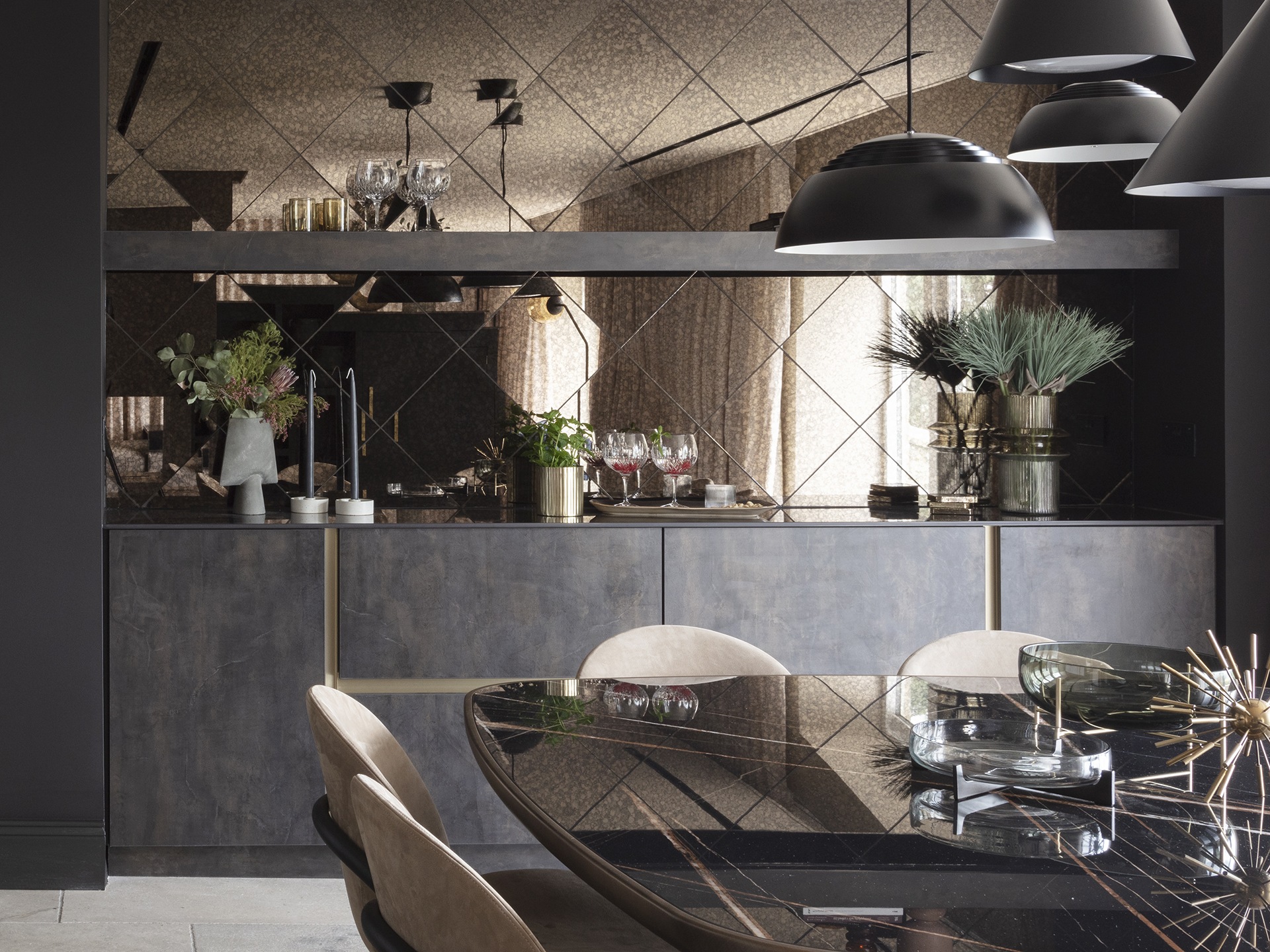Why is everything so expensive? And what can we do about it?
We talk to interior designer Cathy Dean to answer the two big questions facing anyone taking on a home-renovation project in the current challenging economic climate
The financial crisis, the B word, Covid, unpleasantly high inflation and the energy price shock: a series of difficult financial and trade developments over the past few years has hit the interior-design industry as hard as any other sector of the economy.
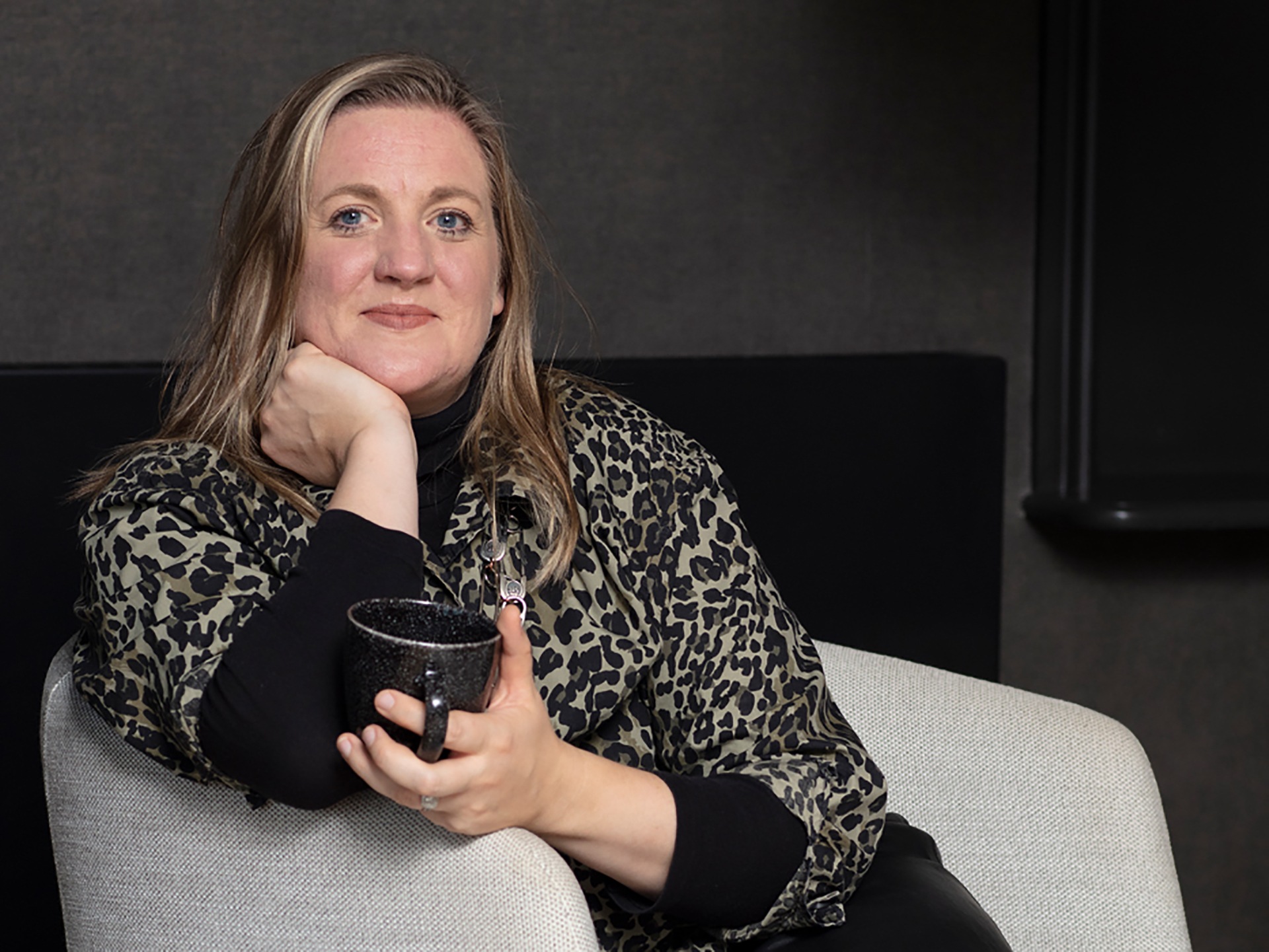
Image credit: Cathy Dean of Studio Dean
So we talked to Cathy Dean, Founder and CEO of Northumberland-based interior-design company, Studio Dean, whose beautiful room designs accompany this piece, to find out how bad the situation is – and how best to approach a renovation in the light of the difficult economic climate.
How bad is it?
Dean says, “We’ve been crunching the numbers here at Studio Dean, and, according to our data, materials are now on average 30 – 40% more expensive than they were in 2019. Sometimes even higher: for example, a boring-but-essential bag of plaster was £5-6 and is now £10–12. This means that anyone who is revisiting a pre-Covid renovation project quote is in for a massive shock.
“In 2024 a typical full renovation of a four-bedroom house will cost around £160,000 just for fixtures, fittings, white goods, materials, furniture etc. And that doesn’t include labour costs! Interior-design TV shows aren’t accurate, and can lead to real-life disappointment.
“We have years and years of data on product pricing, and thought it would be helpful to share it. Note: these costs include trade discounts and have been adjusted to take account of the fact we have moved from small projects to larger ones and therefore now get bulk savings. But they still paint a clear picture…”
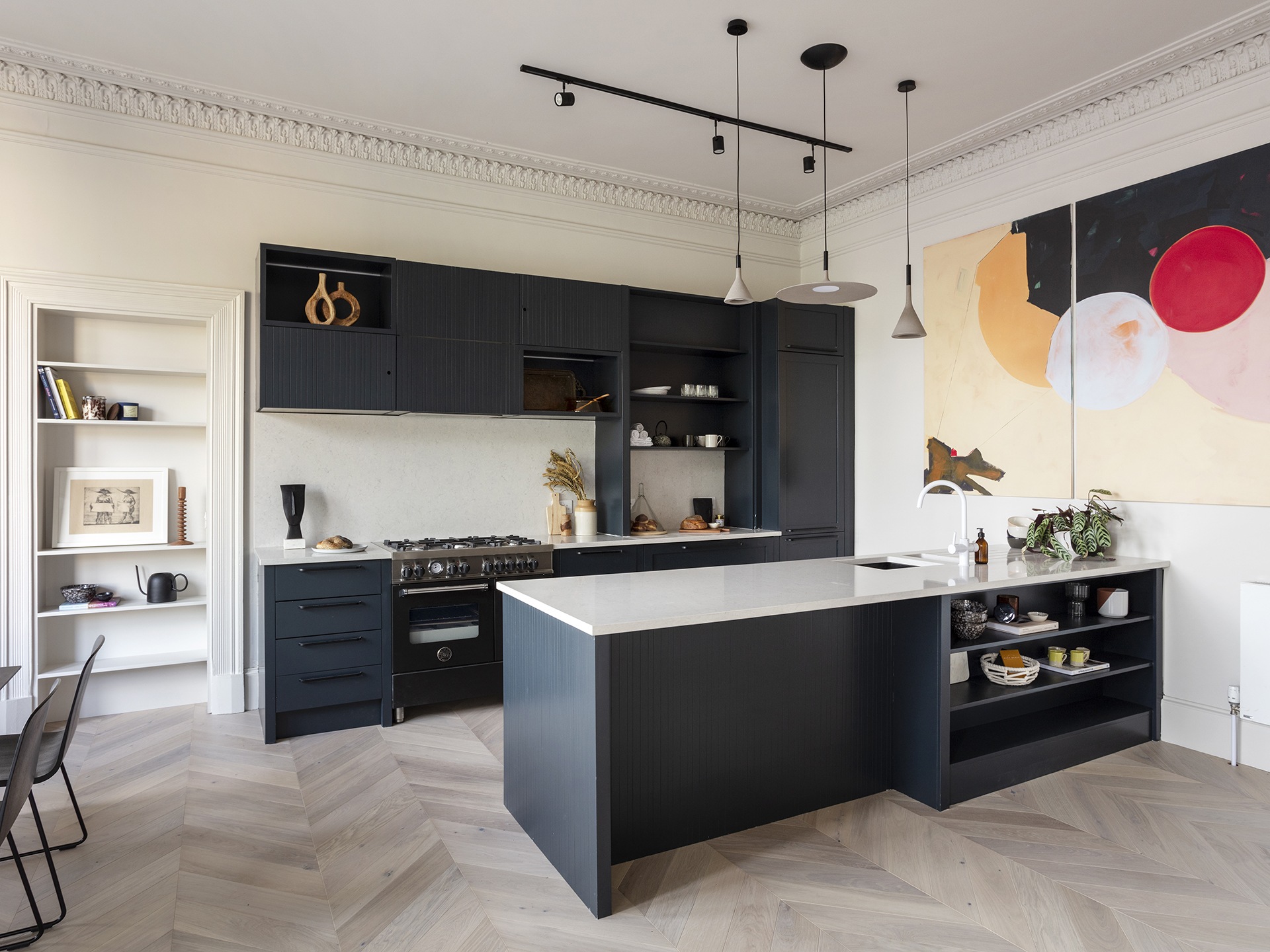
Image credit: Studio Dean
Mid-range 3/4-seat sofa:
| Year | Price* £ | Year-on-year % increase |
| 2019 | 1980 | |
| 2020 | 2110 | 7 |
| 2021 | 2216 | 5 |
| 2022 | 2842 | 28 |
| 2023 | 3140 | 10 |
A gallon of paint:
| Year | Price* £ | Year-on-year % increase |
| 2019 | 66.50 | |
| 2020 | 69.50 | 5 |
| 2021 | 71 | 2 |
| 2022 | 78 | 10 |
| 2023 | 83.50 | 7 |
Medium-format tiles per m2
| Year | Price* £ | Year-on-year % increase |
| 2019 | 33.75 | |
| 2020 | 39 | 16 |
| 2021 | 39 | |
| 2022 | 48.10 | 23 |
| 2023 | 53.50 | 11 |
Spend per m2 on furniture/fixtures/equipment in delivered projects:
| Year | Price* £ | Year-on-year % increase |
| 2019 | ||
| 2020 | 39 | 16 |
| 2021 | 39 | |
| 2022 | 48.10 | 23 |
| 2023 | 53.30 | 11 |
How does this affect interior design?
Dean explains, “Take wood, for example: the cost of wood is higher because it costs more to import. Even if it is grown in the UK, the manufacturing and delivery costs are higher due to increased energy costs. Wood is used in pretty much everything – furniture, flooring, kitchen cabinets etc – so the price of almost everything is affected.”
The increased cost of timber was a big factor in why the South Herefordshire wooden house, featured on Grand Designs, ended up costing more than the initial budget.
“We’d love to be able to use more UK-based suppliers, but lots of these are closing because of energy costs. There weren’t many UK producers to start with. Now there are even fewer,” says Dean. “The number of suppliers is also shrinking worldwide. The cost-of-living crisis means demand is lower generally, so companies worldwide are closing or scaling back. The wonderful German kitchen market has been badly hit. They create great cabinets, hinges and all the unseen parts of a kitchen, but are struggling due to increased delivery costs.
“The stone and tiles we like to use are usually made in Italy or Spain. We import them then use UK manufacturers to work them to our specifications. But now we are paying more for the same materials, and also for the work in the UK.”
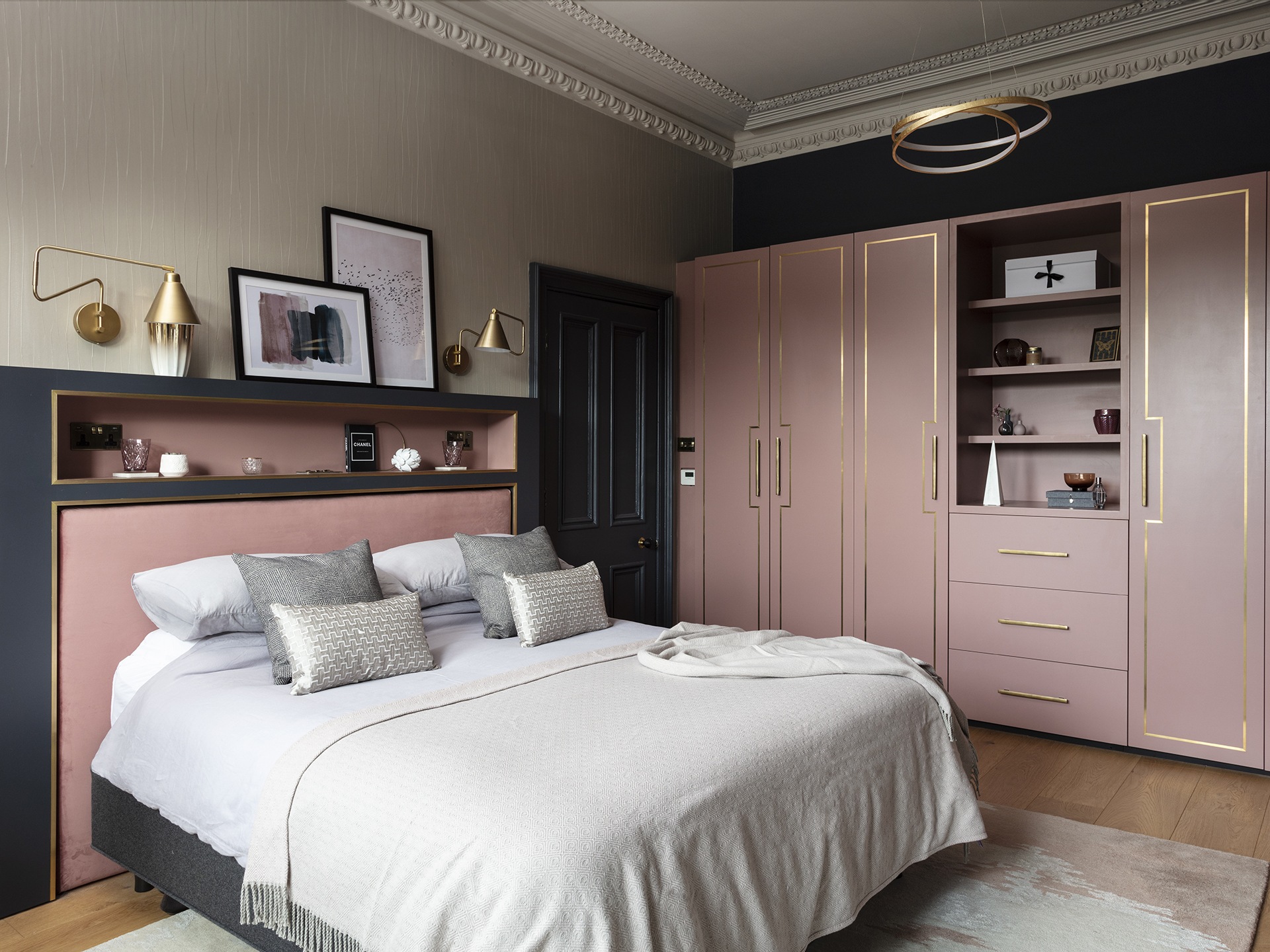
Image credit: Studio Dean
What can interior designers do about it?
Dean sets out how she is working harder and smarter to cope. She says, “We are looking to use the same brands for multiple items to save on delivery costs, and to bulk order items for several projects. We are also working really hard with local suppliers to send them huge orders. And we try to collaborate with Newcastle, Edinburgh and North East interiors and homewares companies to pool orders together to get past the import tax. We are still doing everything we can to garner discounts and pass these on to our clients.
“A lot of suppliers have expanded their brand portfolios and we are trying to support them. We’re brokering more local relationships with Northumberland suppliers who sell multiple brands, then looking at the designs we are working on and seeing if we can use designers from just one supplier so we can give the best price without sacrificing the look.
“We are also trying to educate people. We create a ‘cost-per-m2’ for projects, to give clients a realistic view of what they are going to spend, and always try to be really open with our communication. What people read online isn’t realistic any more, as budgets shown in many articles – and even new projects being featured – are based on prices three years ago, and just don’t reflect how rapidly things have changed.”
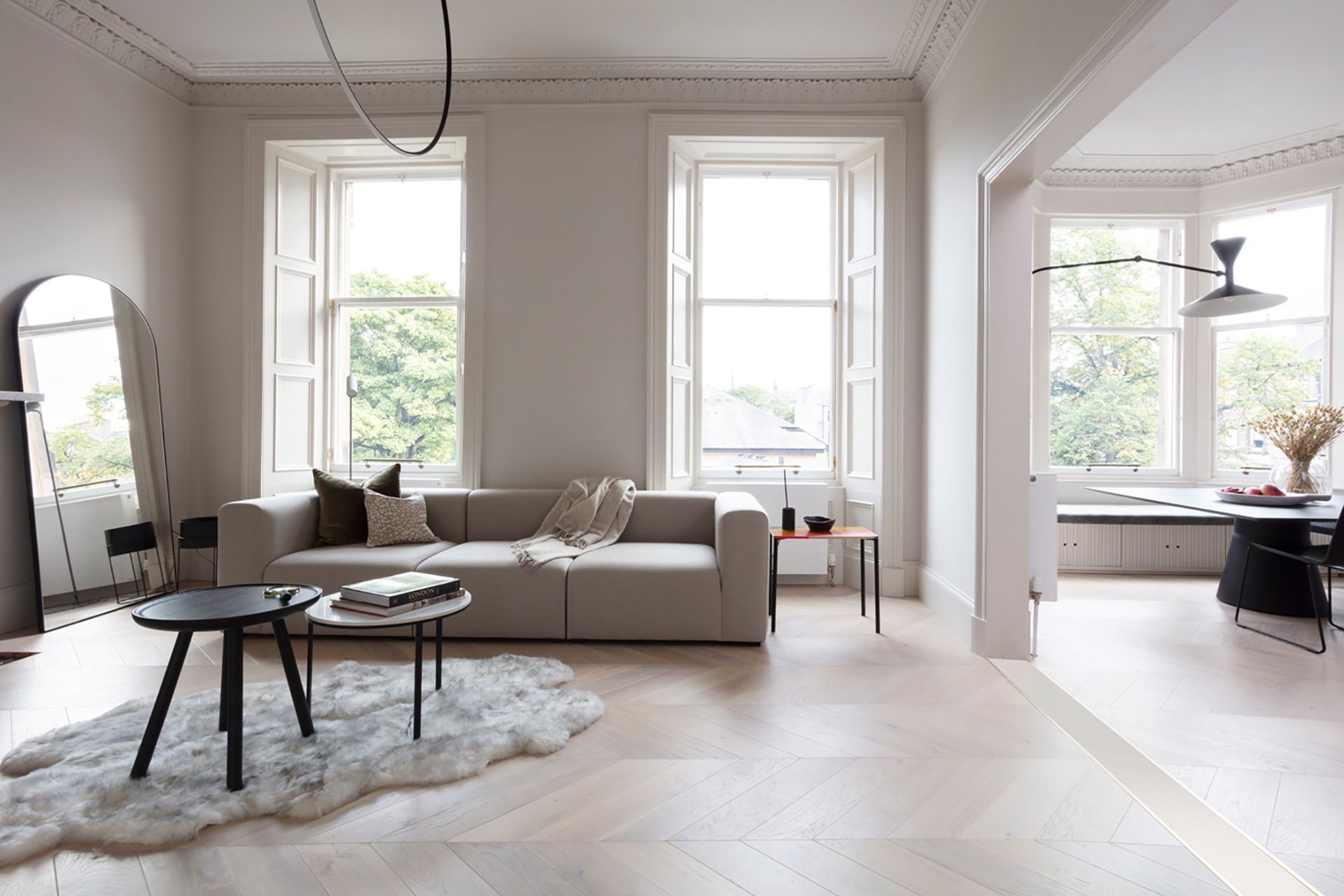
Image credit: Studio Dean
What should you do if you want to renovate?
Dean has some excellent advice for anyone contemplating a renovation project in the current climate. She says, “Don’t go into a renovation lightly. Go into it like you are investing in a beautiful piece of art; and spend your money wisely, thinking of the future.
“Budget. Use Excel. Listen to people who tell you real costs. Phase your home improvements, and work gradually towards your long-term vision. Spend wisely on things that will be fixed solidly in your home. Make wise compromises. So, for example, put up with older furnishings until you have invested in wooden floors.
“Stop worrying about what other people have. Work out what makes you feel rich and spend on that. Don’t spend on what you can’t afford. Just spend on the things that matter. Think of the impact. Do it right, even if it is hard.
“Drop the brands. Don’t spend extra on names: dig deeper to find the true quality of items and ask for expert advice. We have worked on a project where we reduced the cost of a kitchen from £83,00 to £52,000 just by dropping the brand name, with all the same finishes, like for like.”
Dean emphasises, “Part of a good interior designer’s job is to highlight the right decisions by showing comparable options. This is what makes hiring interior designers even more cost effective now that times are especially difficult.”
Is there a silver lining?
Dean can see some upsides in these tricky times. She says, “One good thing is that a lot of people have stopped buying fast-fashion furnishings. Gradually, people have realised the cost-per-use of cheaper, low-quality items doesn’t make financial sense, and are purchasing for longevity. They have stopped regularly changing their home decor based on Insta trends and are thinking twice about flippant purchases. They are looking to buy from local suppliers too, which we wholeheartedly support.”
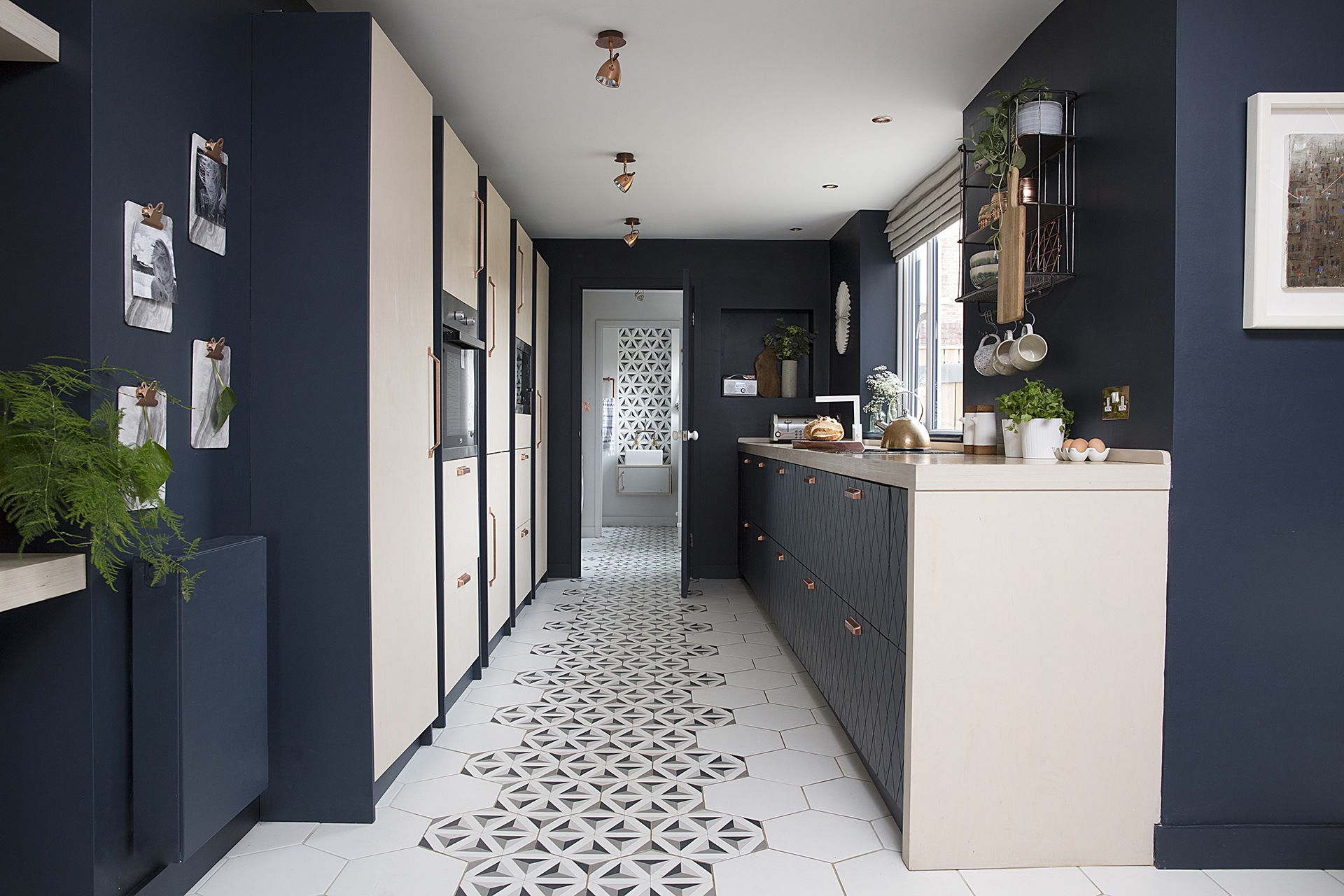
Image credit: Studio Dean
What does the future of interior design look like?
Despite everything, Dean has a hopeful vision for the future of her profession, “The future of interiors will look more long term, and less trend focused. The churn of renovating for social media will slow down, and people will realise how much stuff was surplus to requirements and start renovating for the long term. I hope people will stop seeing property as an investment, and start seeing it as a home, and renovating accordingly: from the heart.”
You can learn more about Cathy Dean’s work and her design philosophy on the Studio Dean website. Her blog post How Interior Designers Make The Right Choices is a great place to start.

